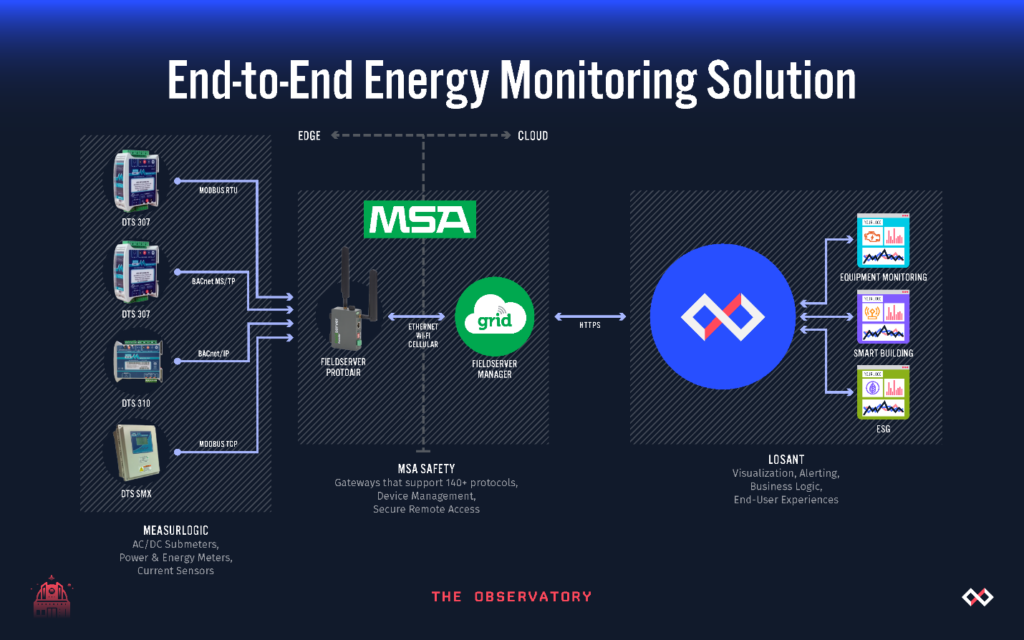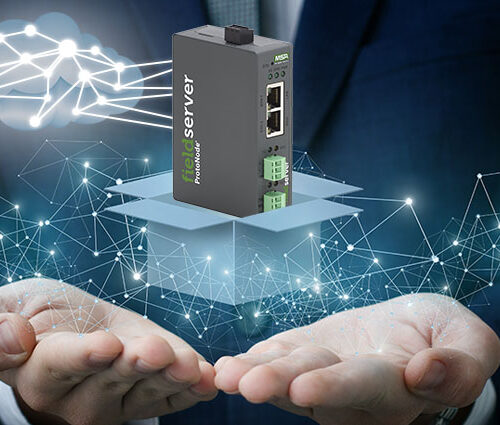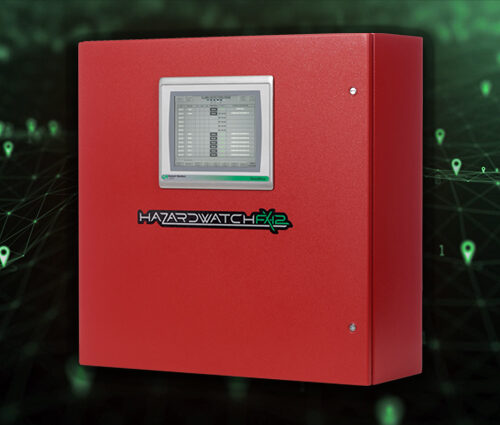Looking for some quick and easy ways to cut your energy consumption? If you’re like most facility and energy managers dealing with rising utility costs, you may be struggling with where to start.
Good news. We have a roundup of information and ideas about energy management to share from our recent webinar featuring Losant and Measurlogic.
The Cost of Energy
Energy costs are astronomical right now and it doesn’t help that industrial and commercial buildings consume 70% of total U.S. energy consumption.
This increase in electricity costs is expected to continue, too, primarily due to climate change and grid constraints. As an example, the annual average temperature worldwide is driving demand for HVAC equipment, which, in turn, is creating higher demand for electricity.
This rise in demand has created a shift in the way energy costs are viewed, too. What was once considered overhead is now an operating expense. Which is why there is an ever-growing focus on energy metering and management and the potential for big savings.
Data is the Key to Cutting Energy Expenses
Remember, you cannot manage what you don’t measure. Data analytics helps in identifying high usage loads, which offer the best opportunity for the largest savings in the shortest amount of time.
“Meters do not save money,” explains Measurlogic’s John Stratford. “The hardware and software actually cost money. So, the key to deciding which energy savings strategy makes the most sense is data. In fact, it’s the data from electrical energy submeters that provides the right information to start saving money.”
If submeters are the answer, what, then, should be submetered?
“That depends,” says John. “An easy first step for energy management is to install a single check submeter at the electrical entryway into a building. This will immediately start giving you valuable real-time data that can lead to savings. Otherwise, you’ll be forced to wait until the next utility bill comes in to get this all-important data.”
Normalizing the Data
Data is good, right? Well, yes. But only if it’s in a useful form.
Data without analytics is little more than a jumble of data points. But meaningful and relevant data that provides insight is gold. Which is why within an energy management architecture, our FieldServer™ edge device proves its worth.
What FieldServer does is take data from the field and serve it up via Ethernet, wi-fi, or cellular (which is pushed to the Cloud).

Losant’s Kevin Neimiller explains, “In our use cases, what FieldServer does is take data from the edge, sends it via the Cloud to the FieldServer Manager, then pushes the data to the Losant platform where it can be used by energy managers, building owners, tenants, and employees to save energy.”
Energy Management FAQs
Have questions as to how to get started? Here are some frequently asked questions regarding energy management.
1. How can we ensure that the data from the FieldServer gateway reaches the Cloud? Does there need to be a firewall or other policy?
Because FieldServer uses standard Ethernet ports and originates the connection inside the firewall, there are no specific ports that have to be opened to get data to the Cloud besides 80 & 443, which are open. If a customer does have a need to tunnel back in, ports will need to be opened. In that case, it is possible that policies would need to be in place to open additional ports.
2. When would we want to install more FieldServer gateways than we have buildings?
There’s a lot that goes in to deciding how best to provide the architecture but, in general, one of the times is when there’s a desire for granularity from the data. Another is as a precautionary measure since multiple gateways makes it easier to gather critical data in the event of something going down.
3. Why is HTTPS used between FieldServer and Losant versus MQTT?
FieldServer Manager supports webhooks, so that’s a quick way to push data immediately to the Losant platform so the data can be visualized in real time. MQTT does the same thing, of course, which is why FieldServer’s BACnet gateway supports MQTT. We should note that MSA also has plans to expand its MQTT offering.
4. Are there any analytics that allow carbon emissions per quarter or per month?
Together with FieldServer, the Losant platform can associate energy data with CO2. Losant’s tools and workflow engine allow for the calculation in real-time. Plus, Losant has resource jobs that can be run once a day or once a month, as needed, providing the numbers so they can be crunched for insights.
5. When can we see ROI with these types of energy solutions?
Universities that have used FieldServer as part of their energy management solution have seen ROI in as few as 6 months. Others have seen ROI between 8 and 12 months, depending on what type of energy savings strategy is in place. The ROI on newer, energy-efficient (LEED) buildings may not be realized quite as quickly. However, by focusing on low-hanging fruit like mechanical equipment and lighting they, too, could experience a quick ROI as they build out a more robust energy management strategy.
Next Steps in Energy Management
We hope this information can help you create or refine your energy savings program. At the end of the day, though, it’s not the strategy that makes the difference—it’s how you implement it. If you need help maximizing your energy savings, we can help. Watch a replay of the webinar and download additional materials from the Losant web site or reach out to our team today.







